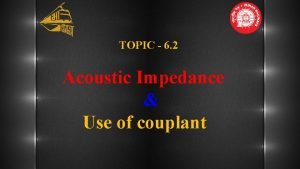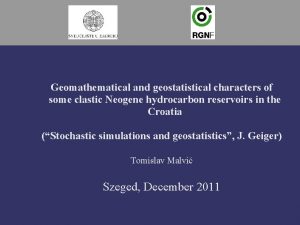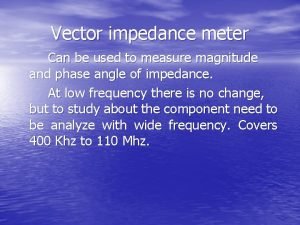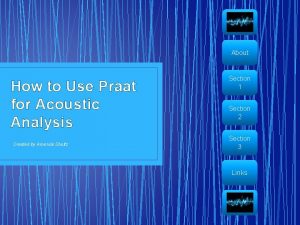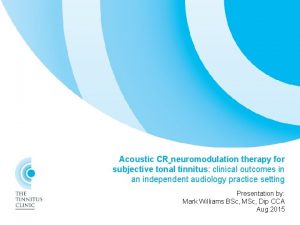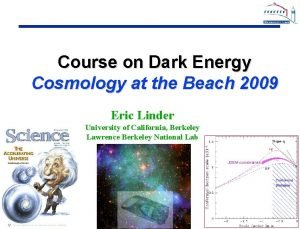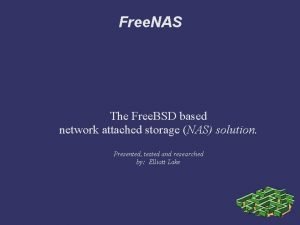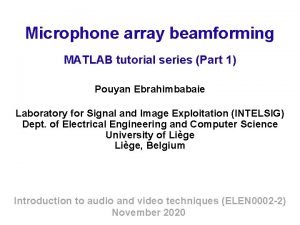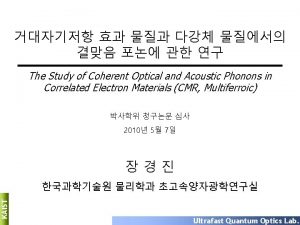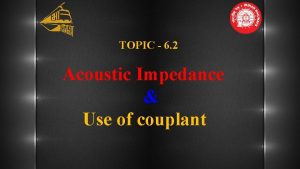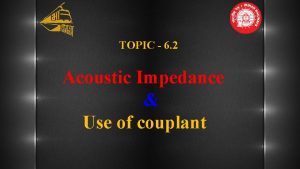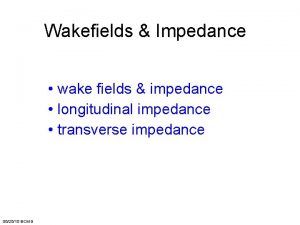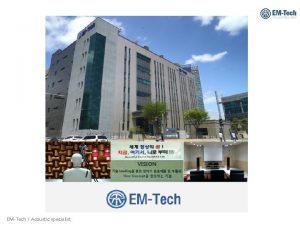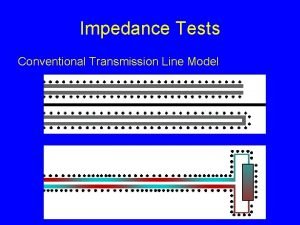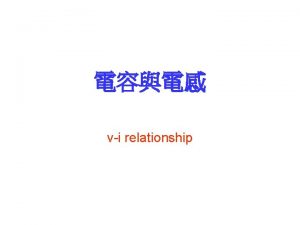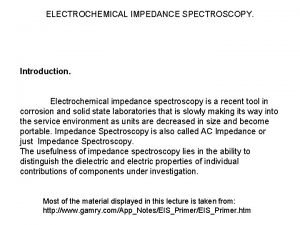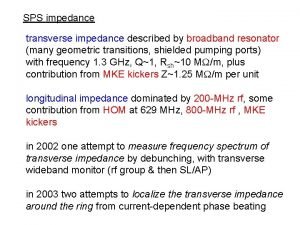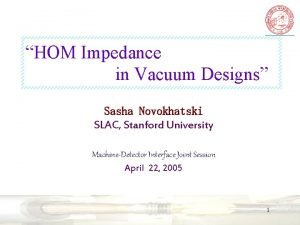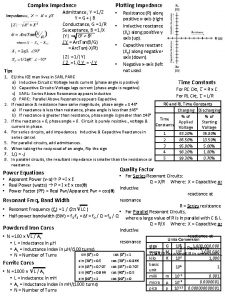TOPIC 6 2 Acoustic Impedance Use of couplant











- Slides: 11

TOPIC - 6. 2 Acoustic Impedance & Use of couplant

Accoustic Impedance 00: 04 § It is a property of the material which determines its affinity for propagation of sound waves. § The acoustic impedance (Z) of a material is defined as the product of density (p) and acoustic velocity (V) of that material. §Z = p × v

Acoustic Impedance 00: 04 MATERIAL ACCOUSTIC IMPEDENCE STEEL 4. 68 CAST IRON 2. 5 TO 4. 0 ALUMINIUM 1. 72 AIR 0. 0004 WATER 0. 149 MACHINE OIL 0. 15 PERSPEX 0. 32

Reflection and Transmission Coefficients • Ultrasonic waves are reflected at boundaries where there is a difference in acoustic impedance (Z). • Fractional amount of transmitted sound energy plus the fractional amount of reflected sound energy equals one. • Greater the impedance mismatch, Greater the percentage of energy that will be reflected. 00: 04

Reflection and Transmission Coefficients § R is reflection coefficient. § Multiplying the reflection coefficient by 100, yields the amount of energy reflected as a percentage of the original energy. § Since the amount of reflected energy plus the transmitted energy must equal the total amount of incident energy, the transmission coefficient is calculated by simply subtracting the reflection coefficient from one. 00: 04

Use of Ultrasonic Wave for Detection of defect FROM STEEL TO AIR INTERFACE • If Medium 1 = Steel Z (STEEL)=45 X 10⁶ Kg/m 2. sec and Medium 2 = Air Z (AIR)=0. 0004 X 10⁶ Kg/m 2. sec § Putting the values in the formula, • R = 0. 99 or 99. 99 % • t = 0. 01 % 00: 04

Transmission of Ultrasonic Waves • This explains • Whenever ultrasonic waves Strike on the interface of Steel and Air - 0. 99 or 99. 99% of energy is reflected back in steel and only 0. 01% of energy is transmitted in Air. • This also explains how ultrasonic wave is useful to Detect internal defects in steel. 00: 04

Use of Couplant 00: 04 FROM AIR TO STEEL INTERFACE • If Medium 1 = Air Z (AIR)= 0. 0004 X 10⁶ Kg/m 2. sec and Medium 2 = Steel Z (STEEL)= 45 X 10⁶ Kg/m 2. sec § Putting the values in the formula, • R = 0. 99 or 99. 99 % • t = 0. 01 %

Use of Couplant 00: 04 • This explains • Whenever ultrasonic waves Strike on the interface of Air and Steel - 0. 99 or 99. 99% of energy is reflected back in Air and only 0. 01% of energy is transmitted in Steel. • This also explains why Couplant is required to be used between probe and Steel (Object).

Effect of couplant on angle of refraction in steel 00: 04 INCIDENT WAVE MEDIUM - I PERSPEX i Velocity(Vp) – 2730 m/s MEDIUM - II WATER Velocity (Vw) – 1480 m/s MEDIUM - III STEEL Velocity (Vs)– 3230 m/s j j k REFRACTED WAVE

Effect of couplant on angle of refraction in steel 00: 04 INCIDENT WAVE MEDIUM - I PERSPEX i Velocity – 2730 m/s MEDIUM - II WATER Velocity – 1480 m/s MEDIUM - III STEEL Velocity – 3230 m/s j j k REFRACTED WAVE
